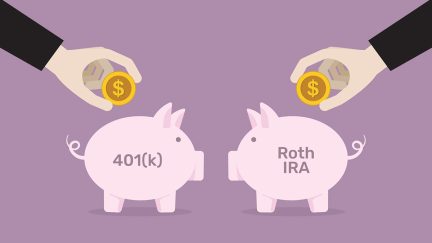Get more! Sign up for PLANSPONSOR newsletters.
IRS Updates Rates for Pension Funding Calculations
December 8, 2009 (PLANSPONSOR.com) – The Internal Revenue Service has issued updates to the weighted average interest rates, yield curves, and segment rates used in funding calculations for defined benefit retirement plans.
Notice 2009-96 provides guidance as to the corporate bond
weighted average interest rate and the permissible range of interest rates
specified under § 412(b)(5)(B)(ii)(II) of the Internal Revenue Code as in
effect for plan years beginning before 2008. It also provides guidance on the
corporate bond monthly yield curve (and the corresponding spot segment rates),
the 24-month average segment rates, and the funding transitional segment rates
under § 430(h)(2).
In addition, the notice provides guidance as to the
interest rate on 30-year Treasury securities under § 417(e)(3)(A)(ii)(II) as in
effect for plan years beginning before 2008, the 30-year Treasury weighted
average rate under § 431(c)(6)(E)(ii)(I), and the minimum present value segment
rates under § 417(e)(3)(D) as in effect for plan years beginning after 2007.
The IRS explained in the notice that Sections
412(b)(5)(B)(ii) and 412(l)(7)(C)(i), as amended by the Pension Funding Equity
Act of 2004 and by the Pension Protection Act of 2006 (PPA), provide that the
interest rates used to calculate current liability and to determine the
required contribution under § 412(l) for plan years beginning in 2004 through
2007 must be within a permissible range based on the weighted average of the
rates of interest on amounts invested conservatively in long term investment
grade corporate bonds during the four-year period ending on the last day before
the beginning of the plan year.
Generally, for plan years beginning after 2007 (except
for delayed effective dates for certain plans under sections 104, 105, and 106
of PPA), § 430 of the Code specifies the minimum funding requirements that apply
to single employer plans pursuant to § 412. Section 430(h)(2) specifies the interest
rates that must be used to determine a plan’s target normal cost and funding target.
Under this provision, present value is generally determined using three
24-month average interest rates (segment rates), each of which applies to cash
flows during specified periods.
However, an election may be made under § 430(h)(2)(D)(ii)
to use the monthly yield curve in place of the segment rates. For plan years
beginning in 2008 and 2009, a transitional rule under § 430(h)(2)(G) provides
that the segment rates are blended with the corporate bond weighted average. An
election may be made under § 430(h)(2)(G)(iv) to use the segment rates without applying
the transitional rule.
The agency further explained that Section 417(e)(3)(A)(ii)(II) (prior to amendment by the PPA) defines the applicable interest rate, which must be used for purposes of determining the minimum present value of a participant’s benefit under § 417(e)(1) and (2), as the annual rate of interest on 30-year Treasury securities for the month before the date of distribution or such other time as the Secretary may by regulations prescribe.
Section
1.417(e)-1(d)(3) of the Income Tax Regulations provides that the applicable interest
rate for a month is the annual rate of interest on 30-year Treasury securities
as specified by the commissioner for that month in revenue rulings, notices or
other guidance published in the Internal Revenue Bulletin.
Generally for plan years beginning after 2007, § 431
specifies the minimum funding requirements that apply to multiemployer plans
pursuant to § 412. Section 431(c)(6)(B) specifies a minimum amount for the
full-funding limitation described in section 431(c)(6)(A), based on the plan’s
current liability. Section 431(c)(6)(E)(ii)(I) provides that the interest rate
used to calculate current liability for this purpose must be no more than 5%
above and no more than 10% below the weighted average of the rates of interest
on 30-year Treasury securities during the four-year period ending on the last
day before the beginning of the plan year.


